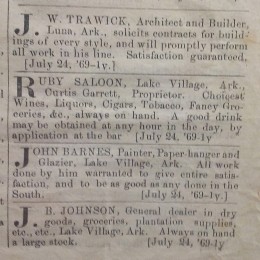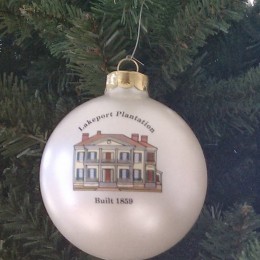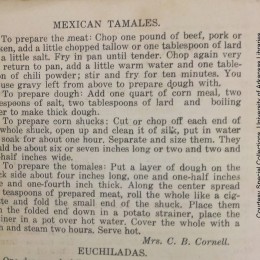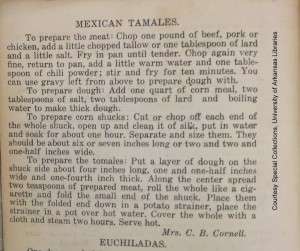News
Craftsmen in Chicot County 1860-1870: A Brief Look
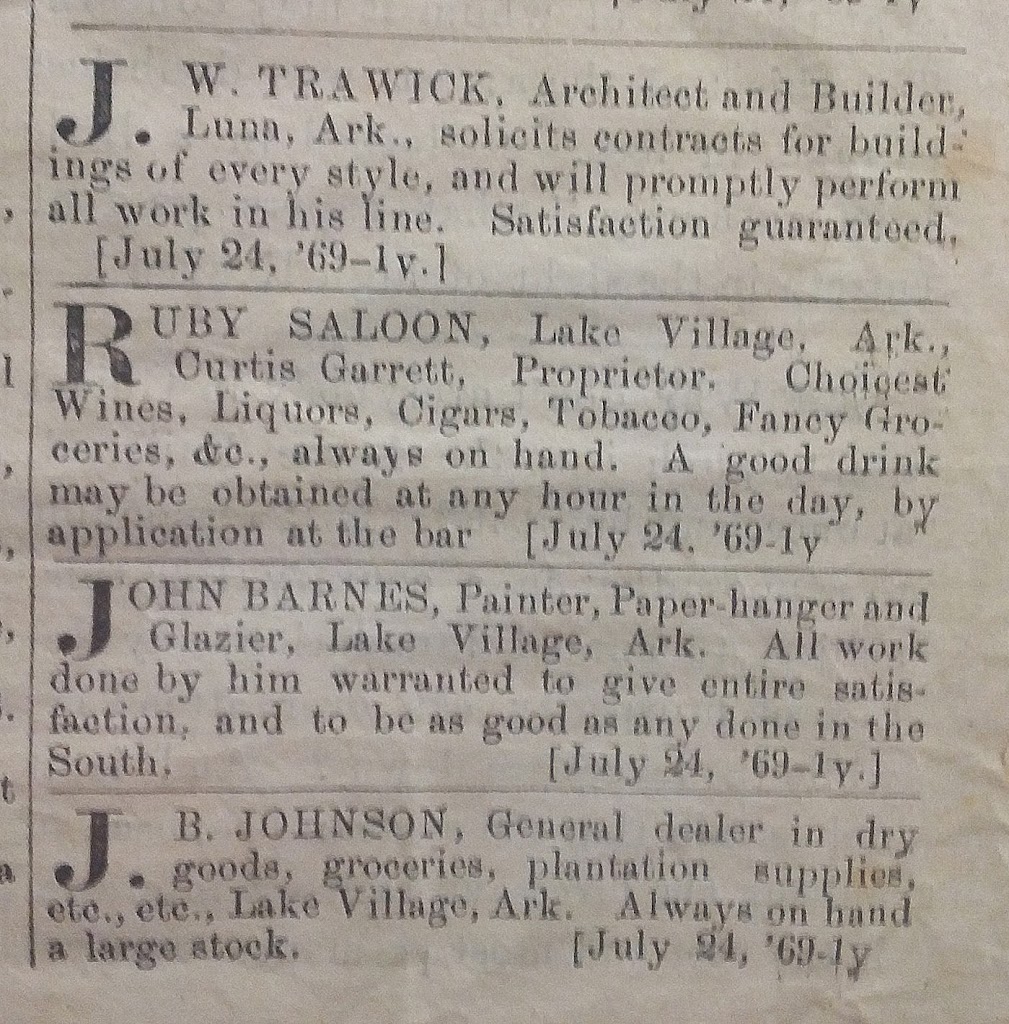 |
| Advertisements for architect/builder and a painter/paper-hanger in The Chicot Press, February 26 1870 |
In an 1870 Chicot County newspaper two craftsmen advertise their services. Architect and builder J.W. Trawick is an “Architect and Builder” at “Luna, Ark.” He “solicits contracts for buildings of every style, and will promptly perform all work in his line.” Your “Satisfaction is guaranteed” he states confidently. In the 1870 Census, Trawick is listed as a thirty-four year old carpenter. Living at Luna Landing, he was born in North Carolina, as was Jane (sp?), his thirty-three year old wife.
John Barnes, a “Painter, Paper-hanger and Glazier” also advertised his services. Barnes offered a more verbose and sweeping guarantee: “All work done by him warranted to give entire satisfaction, and to be as good as any done in the South.” In the 1870 Census, Barnes is a thirty year old painter. Living at Lake Village, he was born in Illinois; his wife, Mary Jane, age eighteen, was a native Arkansan.
Ten years earlier in 1860, Barnes is a twenty-three year old painter; listed this time in the Census as a Indiana native. In 1860, he shared a Lake Village residence with several other craftsmen:
- Charles Pearcy, 29 year old bricklayer, born in Kentucky
- Margaret Pearcy, 18, born in Tennessee
- Charles H, 4, born in Mississippi
- Richard, 4 months old, born in Arkansas
- Margaret Pearcy, 18, born in Tennessee
- Isaac Norton, 25 year old bricklayer, born in New York
- George Rundle, 23 year old painter, born in Virginia
Living next door the bricklayers and painters in 1860 is Andrew J. Herod, a mechanic (builder). Herod was in Chicot County as early as 1858 and likely arrived in Lake Village to help build the new county seat. He advertised his services in the January 17, 1861 Chicot Press— the only antebellum Chicot County paper known to survive. Like Trawick, a decade earlier, Herod styled himself a “Architect and Builder.” He
SOLICITS contracts for buildings of every style. He is also prepared to furnish Designs, Estimates, and Perspective Drawings of all the modern orders of architecture: build, measure, superintend, and furnish working plans for building at modest prices.
Herod, a Mississippi native, was later appointed Mississippi’s State Architect by Governor Benjamin G. Humphreys in 1865. However, little is known about Herod, and by 1870 he was farming in Yazoo County, Mississippi.
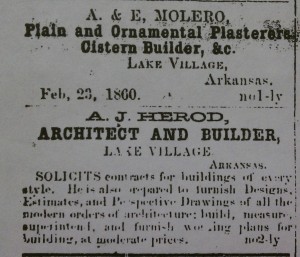 |
| The Chicot Press, January 17, 1861 |
Above Herod’s 1861 advertisement is an ad for A & E Molero, Plain and Ornamental Plasters and Cistern Builder. In the 1860 Census, Edward and William Molero are English born plasters, likely brothers, ages twenty-six and thirty-five. They are living in the Packet House Hotel with a number of Lake Village notables (lawyers, a printer, a merchant, a mechanic/builder and a physician), including Daniel H. Reynolds and William B. Street. A year later the British-born plasterers had been recruited into Reynolds’ Chicot Rangers. The Moleros settled in Meridian, Mississippi, where Edward appears in the 1870 Census and William in the 1910 Census.
Holiday Hours 2013-2014
Lakeport will be
Closed:
- Thanksgiving Holiday
- November 27, 2013 — Limited Hours (staff onsite only at 10 am and 2pm)
- November 28 – December 1, 2013
- Reopening December 2, 2013
- Christmas & New Year’s Day Holidays
- December 21, 2013-January 5, 2014
- Reopening January 6, 2014
 We have Lakeport Christmas Tree ornaments for sale.
We have Lakeport Christmas Tree ornaments for sale.
For $12, we’ll ship it to your address.
“Mexican Tamale” Recipe, Lake Village M. E. Church South Cook Book, ca 1920
Mrs. C. B. Cornell’s “Mexican Tamale” Recipe
Just in time for this weekend’s Hot Tamale Festival in Greenville…a ca. 1920 recipe for “Mexican Tamales”
This recipe appears in a cookbook published by the Lake Village Methodist Episcopal Church South (today’s Lakeside United Methodist Church), around 1920. The cookbook is part of the Arkansas Cookbook Collection at the Special Collections at the University of Arkansas, Fayetteville.
Anybody know who Mrs. C.B. Cornell was? She was living in Lake Village as late as 1946.
I wonder how these “Mexican Tamales” compare to Mrs. Rhoda’s Hot Tamales?
Lakeport Legacies: Edward A. Fulton
Lakeport Legacies:
Thursday, October 24
Refreshments @ 5:30 pm
Program @ 6:00 pm
Edward A. Fulton and Reconstruction in Drew County
Dr. Blake Wintory, Lakeport Plantation
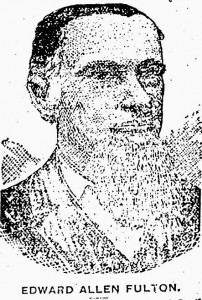 |
| Cleveland Gazette, December 3, 1887 |
Edward Allen Fulton, a former slave in Missouri and abolitionist in Chicago, served as Drew County’s only African American legislator during Reconstruction. Little has been written about this African American Reconstruction leader, politician and newspaper editor. In 1866 he arrived in Chicot County to farm, later relocating to Little Rock. He returned to southeast Arkansas and Drew County in 1870 as a census taker and was elected the Arkansas House later that year. His career in Republican politics during Reconstruction proved to be controversial–he survived an assassination attempt (possibly by a Republican rival), later ran unsuccessfully for Secretary of State, and was an out-spoken proponent of Civil Rights.
Lakeport Legacies: A History of the Jews in the Delta
Refreshments @ 5:30 pm
Space is limited. Please RSVP by phone:
870.265.6031
Join us for Dr. Rockoff’s overview of the history of the Jews in the Delta.
Lakeport Legacies: Hernando de Soto’s Route through Arkansas: What’s the Evidence?
Join us for a presentation by Dr. Jeff Mitchem on the archeological evidence for Hernando de Soto’s 16th Century Spanish expedition through Arkansas.
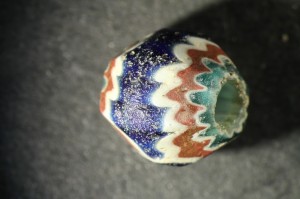 |
| Layered glass chevron bead from Parkin Archeological State Park is evidence of the de Soto expedition. |
Spanish explorer Hernando Soto and 600 men landed in Florida in May 1539 and entered what is now Arkansas on June 28, 1541. The expedition crossed the state and returned to the Mississippi River at Guachoya, near present day Lake Village, where de Soto died on May 31, 1542. The expedition’s archeological trail combined with four surviving narratives, provides an accurate reconstruction of de Soto’s route through Arkansas.
Lakeport Legacies is a monthly history talk held on the last (usually) Thursday at the Lakeport Plantation. Each month a topic from the Delta region is featured. The event is free and open to the public. Lakeport Legacies meets at Lakeport Plantation — 601 Hwy 142, Lake Village, Arkansas.
Lakeport Legacies — Film: When You Make a Good Crop
Lakeport Legacies is a monthly history talk held on the last Thursday at the Lakeport Plantation. Each month a topic from the Delta region is featured. The event is free and open to the public. Lakeport Legacies meets at Lakeport Plantation — 601 Hwy 142, Lake Village, Arkansas.
Lakeport Plantation’s Permanent Exhibits Win 2013 AASLH Award of Merit
Lakeport Plantation Hosts African American Legislators Exhibit in June; Lakeport Legacies to Host Presentation on African American Legislator Exhibit
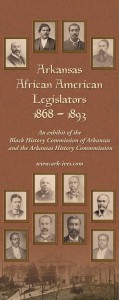 Arkansas African American Legislators, 1868-1893, a traveling exhibit produced by the Arkansas History Commission and Black History Commission of Arkansas, will be displayed at the Lakeport Plantation during the month of June.
Arkansas African American Legislators, 1868-1893, a traveling exhibit produced by the Arkansas History Commission and Black History Commission of Arkansas, will be displayed at the Lakeport Plantation during the month of June.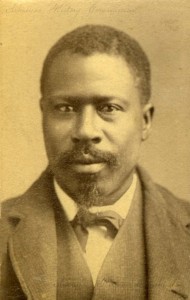 |
| Green Hill Jones, Courtesy Arkansas History Commission |
Over a dozen black men represented southeast Arkansas and Chicot County during this time. The men included James Mason, the mulatto son of Chicot County planter and slaveholder Elisha Worthington; Edward A. Fulton, a noted abolitionist from Illinois; George W. Bell, a former slave who worked as a college president and physician; and men like, Nathan Edwards, John Webb, and Green Hill Jones, who eked out their living as farm laborers into the early 20th century.
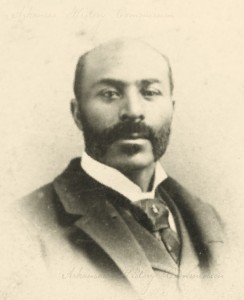 |
| Nathan Edwards, Courtesy Arkansas History Commission |
-
Recent Posts
- History of the Mississippi Reading Retreat – April 5, 2025
- Life on the Mississippi Reading Retreat – April 13, 2024
- “A Weary Land” Book Signing with Dr. Kelly Houston Jones
- Literature at Lakeport – “Barracoon” and “The Last Slave Ship” Book Discussions
- Arkansas Archeology Society Cistern Screening, February 18, 2023
-
Archives
- January 2025
- February 2024
- August 2023
- May 2023
- February 2023
- June 2022
- February 2022
- January 2022
- May 2021
- November 2019
- December 2018
- November 2018
- September 2018
- August 2018
- July 2018
- June 2018
- May 2018
- April 2018
- March 2018
- February 2018
- January 2018
- December 2017
- October 2017
- September 2017
- July 2017
- June 2017
- May 2017
- April 2017
- March 2017
- February 2017
- January 2017
- November 2016
- September 2016
- August 2016
- July 2016
- June 2016
- May 2016
- April 2016
- March 2016
- February 2016
- November 2015
- September 2015
- August 2015
- July 2015
- June 2015
- May 2015
- April 2015
- March 2015
- November 2014
- September 2014
- August 2014
- July 2014
- June 2014
- May 2014
- April 2014
- March 2014
- February 2014
- December 2013
- November 2013
- October 2013
- September 2013
- August 2013
- July 2013
- June 2013
- May 2013
- April 2013
- January 2013
- December 2012
- November 2012
- August 2012
- May 2012
- April 2012
- February 2012
- December 2011
- November 2011
- September 2011
- August 2011
- June 2011
- May 2011
- March 2011
- February 2011
- January 2011
- December 2010
- November 2010
- October 2010
- September 2010
- August 2010
- July 2010
- June 2010
- May 2010
- January 2010
- December 2009
- November 2009
- July 2009
- June 2009
- May 2009
- April 2009
- March 2009
-
Meta

